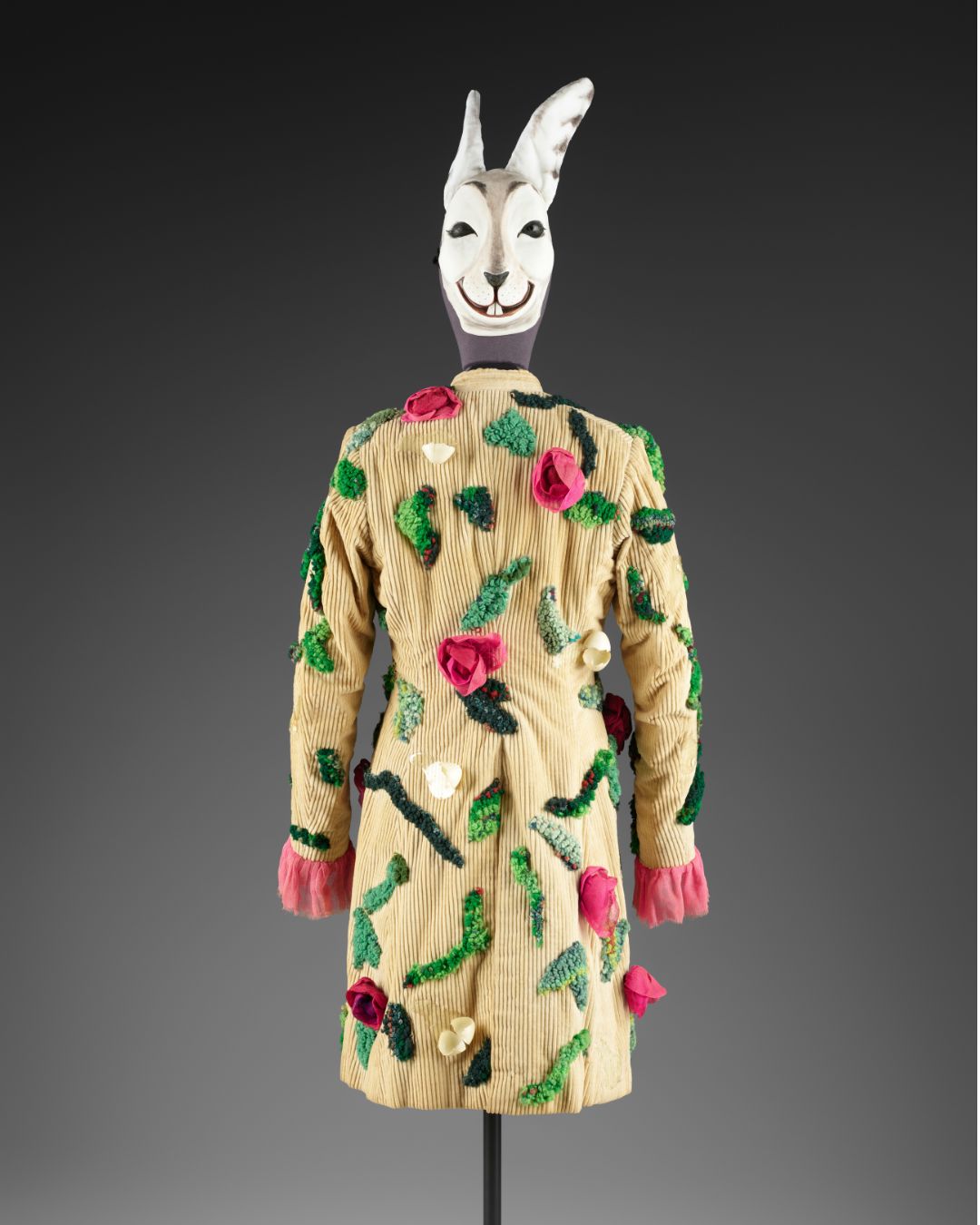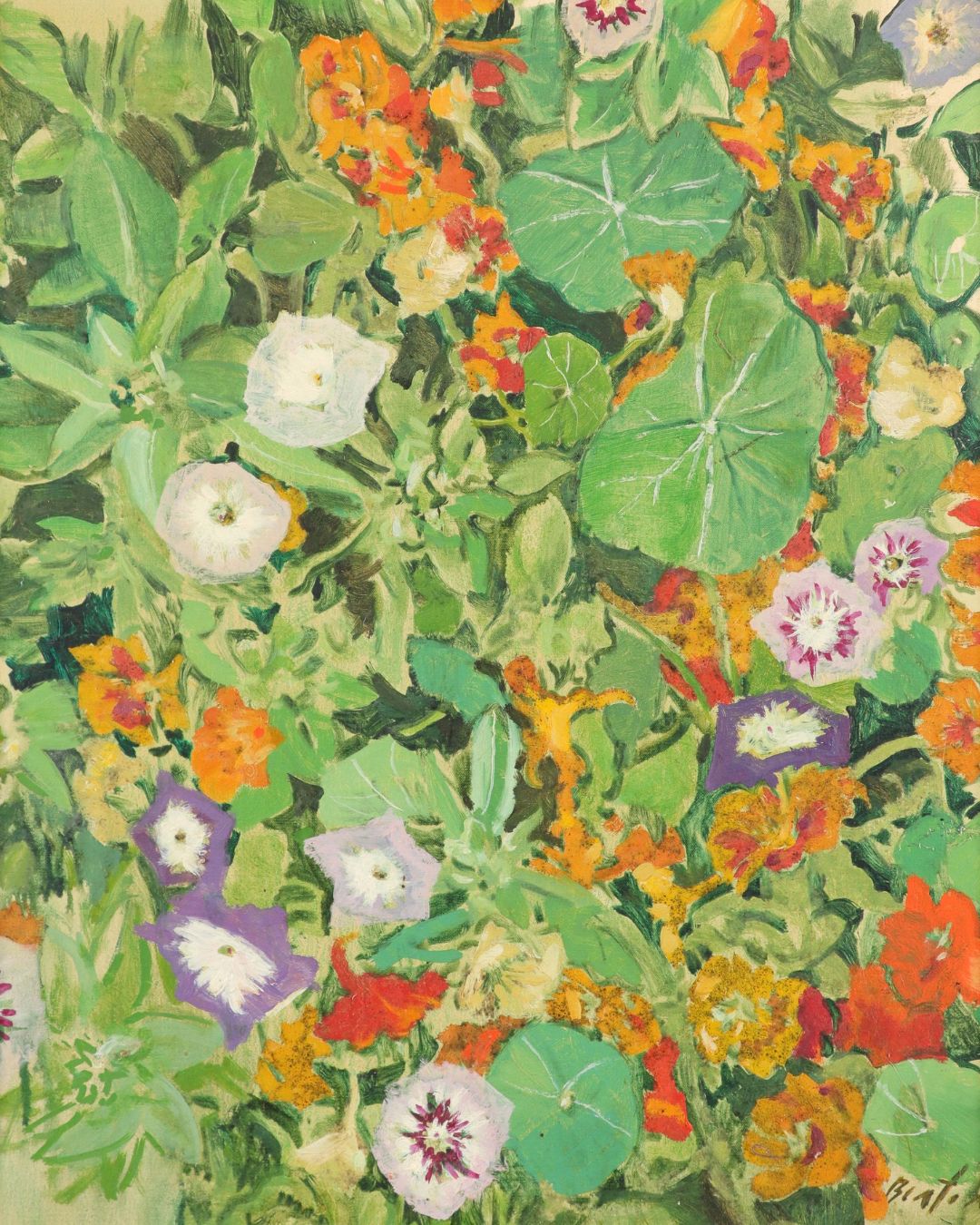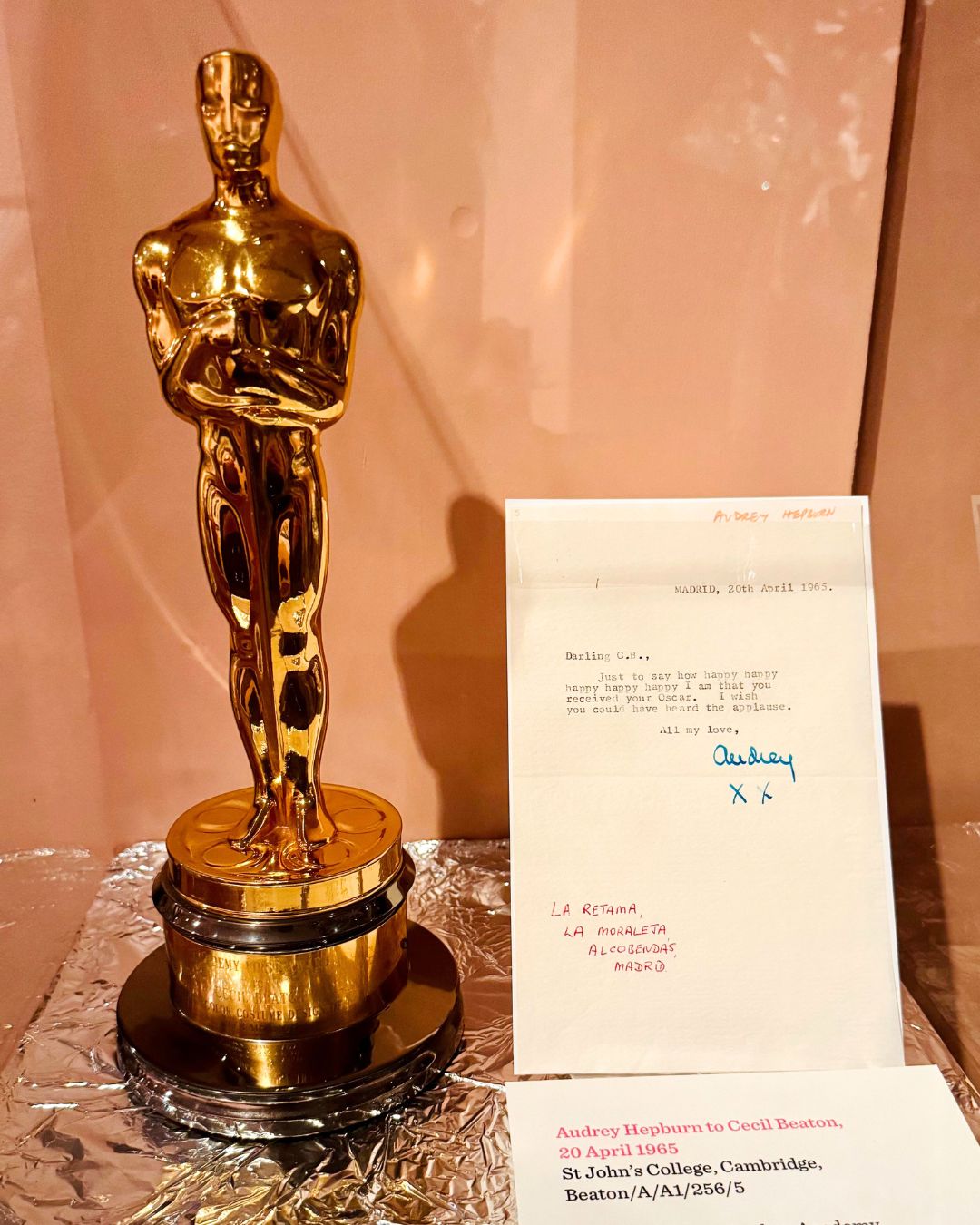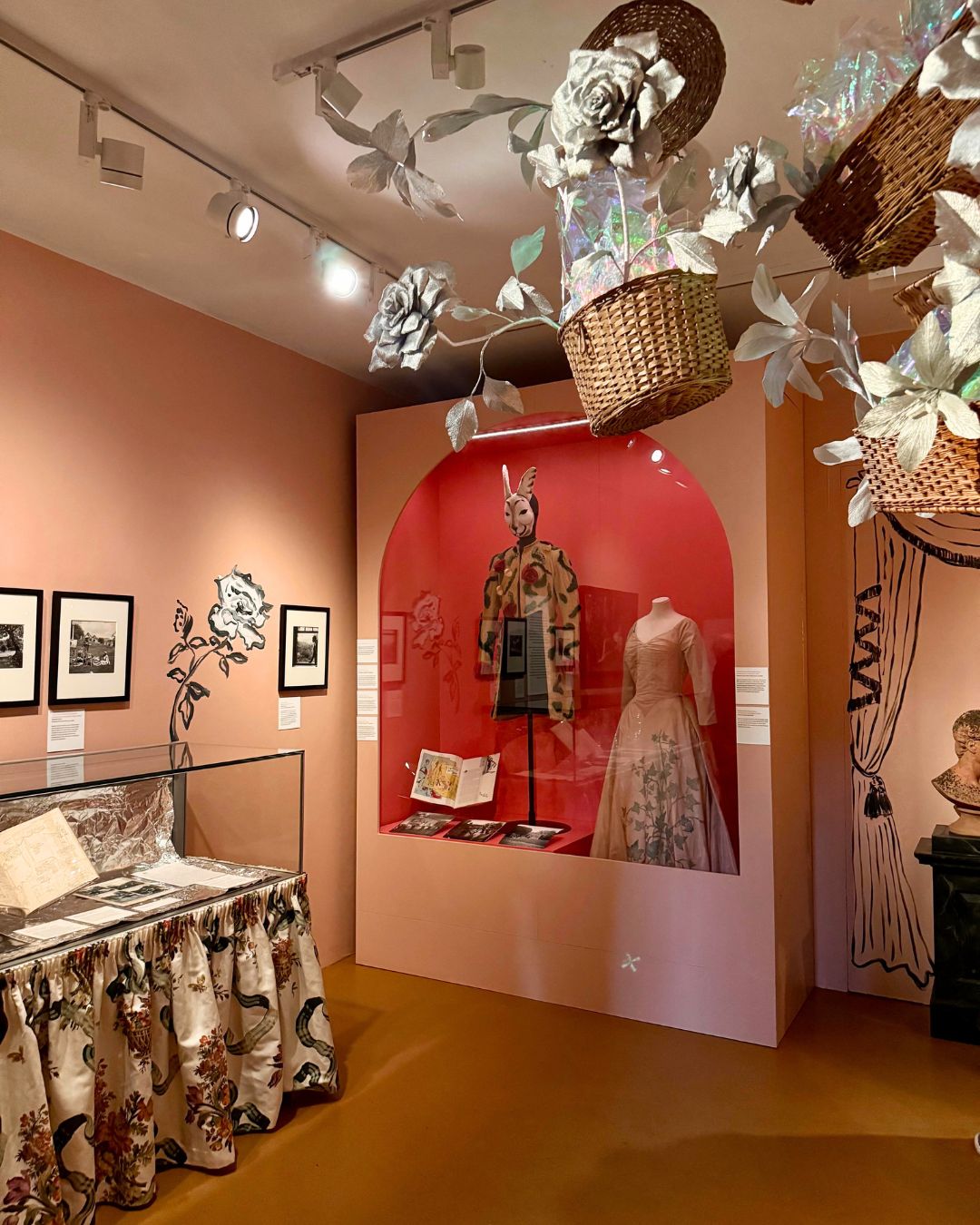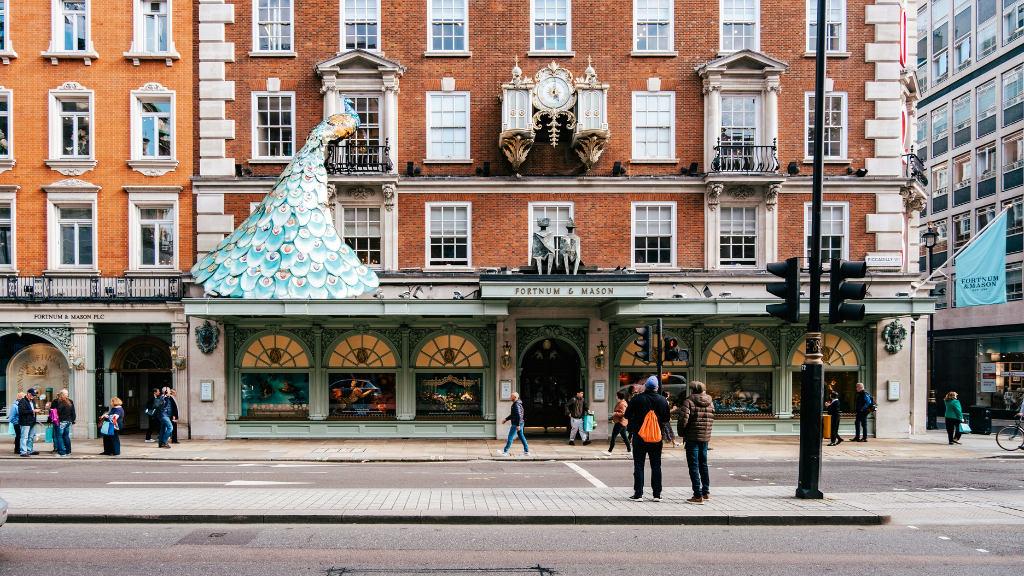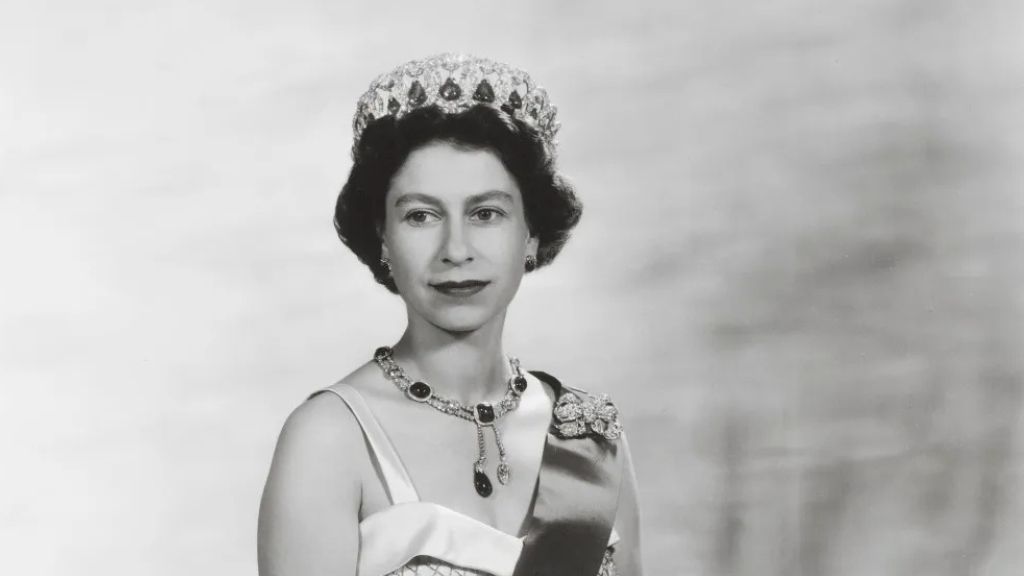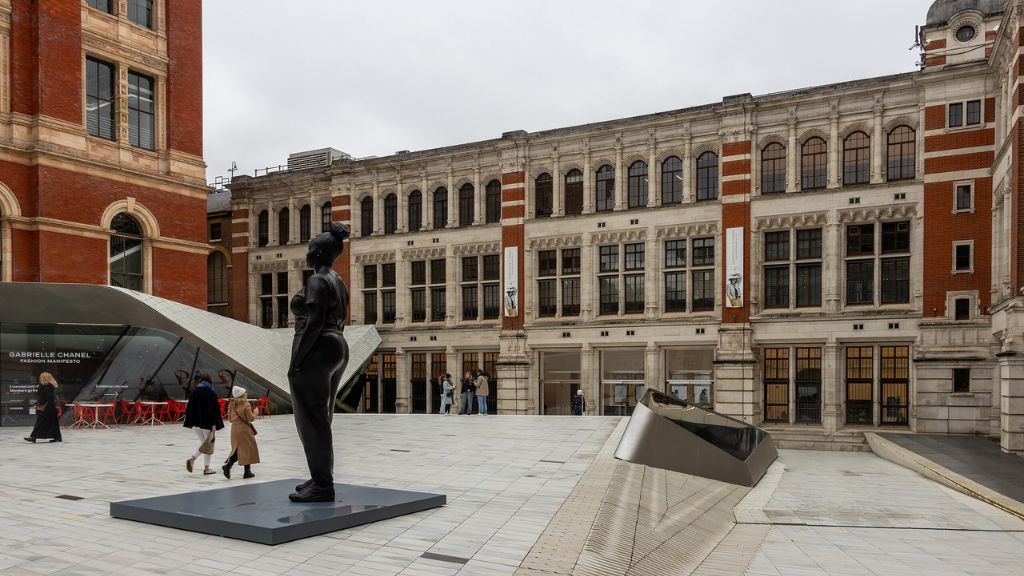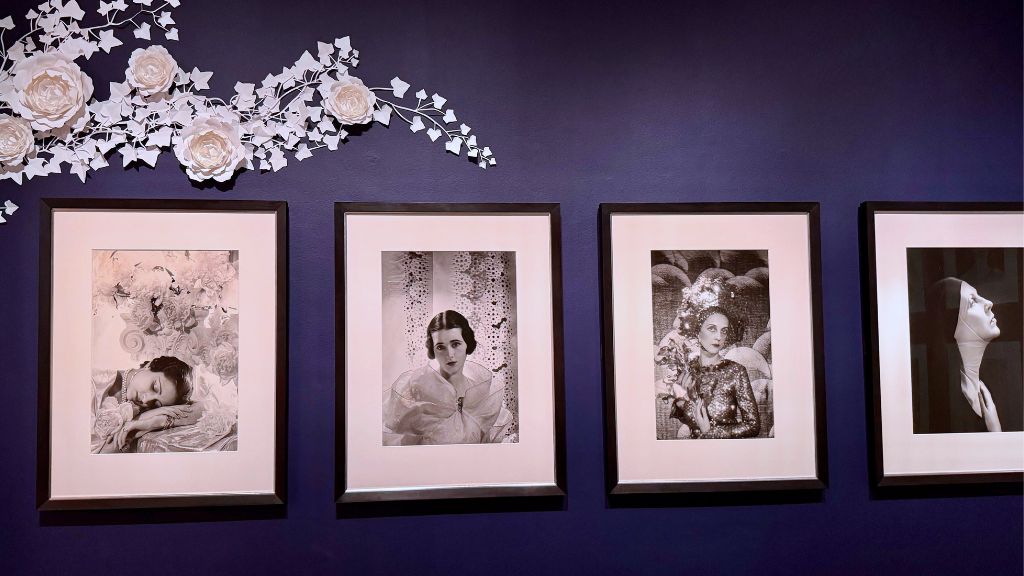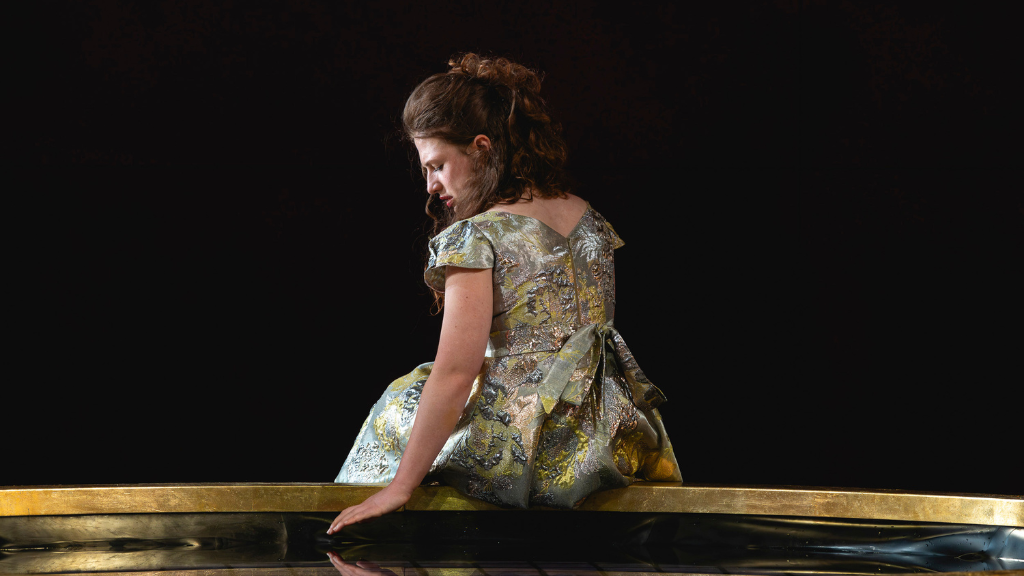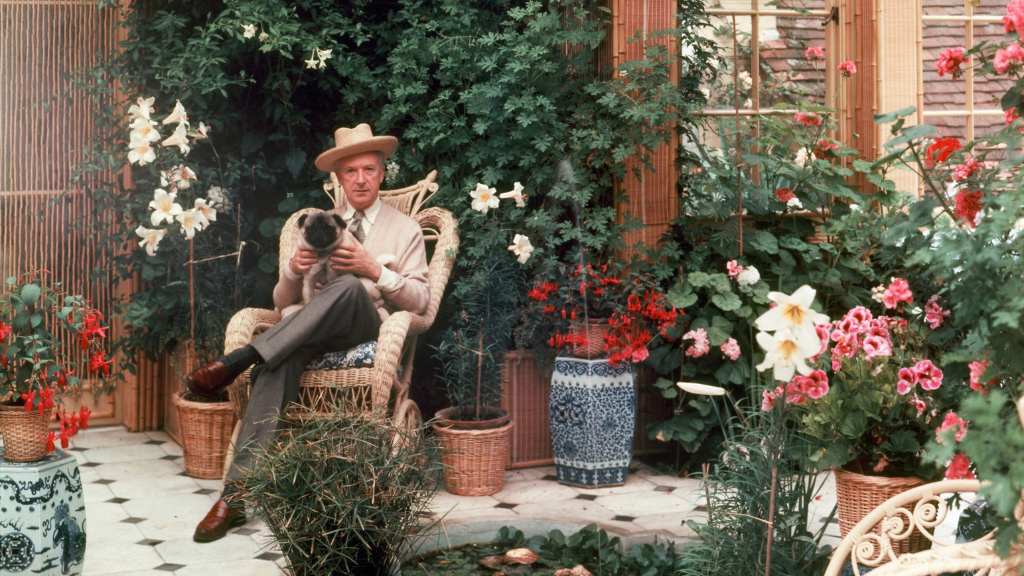
Cecil Beaton: the garden of inspiration
On May 14, the Garden Museum in London opened the exhibition Cecil Beaton’s Garden Party, dedicated to the legendary costume and set designer for ballet and cinema, Cecil Beaton. Flowers often served as a source of inspiration for Beaton, and they have become the central theme of this exhibition — a subject never previously explored in his work. Among the exhibits are floral installations created for garden parties at his private estate, set designs for royal and fashion icon photo shoots, as well as the iconic costumes for the film My Fair Lady starring Audrey Hepburn. Afisha.London visited the exhibition on its opening day to discover what this enchanting garden has to offer.
Cecil Beaton was born and lived his entire life in the United Kingdom. After leaving the University of Cambridge in 1925 — where he studied history, art, and architecture — without completing a degree, Beaton became part of the bohemian group known as the Bright Young Things and launched his photography career. Success came quickly: before long, he was receiving commissions from the royal family, and his photographs and costume designs were regularly featured in Vogue, where he had worked since 1927. For a closer look at his creative legacy and life story, this book provides a rich and detailed insight.
Beaton was, one could say, on friendly terms with the royal family. Such trust from the monarchy made his photographs unique and diverse. By the mid-20th century, he had become the principal photographer of the royal family. At times, Beaton even allowed himself to critique the monarchs — once famously calling Queen Elizabeth “unremarkable and unkempt.”
Read also: The great and terrible English pirates: the romanticised image of sea wolves
- Coat (1937) by Cecil Beaton. Photo: © Victoria and Albert Museum, London
- The Cutting Garden, Cecil Beaton. Photo: © National Portrait Gallery, London
One of Beaton’s most dazzling achievements was his work on the costumes for the opera Turandot at the Metropolitan Opera in New York. He devoted considerable time to studying Chinese culture — through British Museum reference books and his own photographs taken in China during World War II. The Garden Museum exhibition showcases original sketches and exquisitely detailed headpieces used in the production. Beaton’s stage designs were largely inspired by the ballets of Diaghilev and collaborations with Henri Matisse, André Derain, and Pablo Picasso. Beaton’s lens captured the vibrant world of the 1920s and ’30s — you can explore it in the book Bright Young Things (available here).
Naturally, the exhibition also explores the legendary costumes and set designs for the Broadway production and film adaptation of My Fair Lady. Visitors can view sketches and behind-the-scenes photographs from the creative process. Originally, Beaton worked on the designs for the Covent Garden stage version, but after Warner Brothers acquired the film rights, he collaborated with the studio — unlike lead actress Julie Andrews, who was replaced in Hollywood by Audrey Hepburn. Thanks to the film, Beaton was awarded two Oscars.
Read also: Dave Gahan and Depeche Mode: icons of British modernity
- Photo: Afisha.London
- Photo: Afisha.London
The Garden Museum exhibition focuses on the significance of flowers and plants in Beaton’s work — elements that appear in abundance throughout his career. For instance, in the palace set of Turandot, the garden is filled with banana palms and bamboo; in his royal portraits, the sitters are often surrounded by fresh flowers. In this sense, the museum’s botanical theme perfectly complements the content of the exhibition. The gallery space is compact, yet carefully curated, with built-in cases for larger artifacts, making the environment comfortable for viewing. His approach to interior design is beautifully documented in Cecil Beaton at Home: An Interior Life.
The exhibition recalls a scaled-down version of the blockbuster Tim Walker show at the V&A in 2019, but offers a more intimate, contemplative atmosphere that encourages visitors to slowly engage with the thoughtfully selected texts and exhibits.
Cecil Beaton’s Garden Party is on view at the Garden Museum until September 21, 2025. More information here
Cover photo: Cecil Beaton by Cecil Beaton 1960s © Cecil Beaton Archive, Condé Nast
Read also:
The last Stroganov: how Hélène de Ludinghausen revived a lost Russian legacy
How Diaghilev’s “Saisons Russes” influenced the European art world of the 20th century
Winston Churchill: descendant of a pirate, impressionist and husband to the perfect wife
SUBSCRIBE
Receive our digest once a week with quality Russian events and articles

